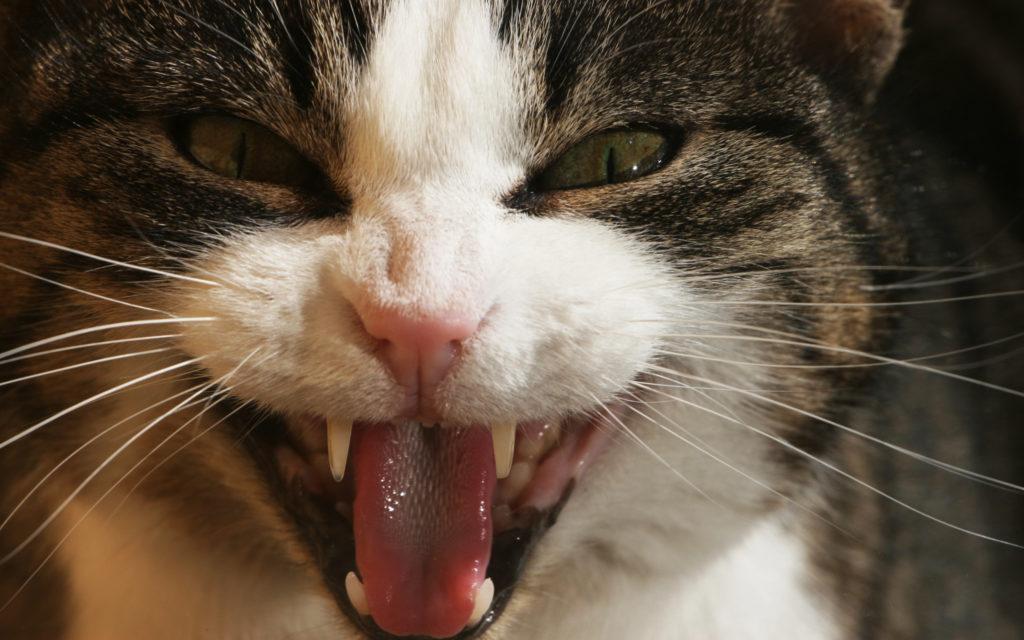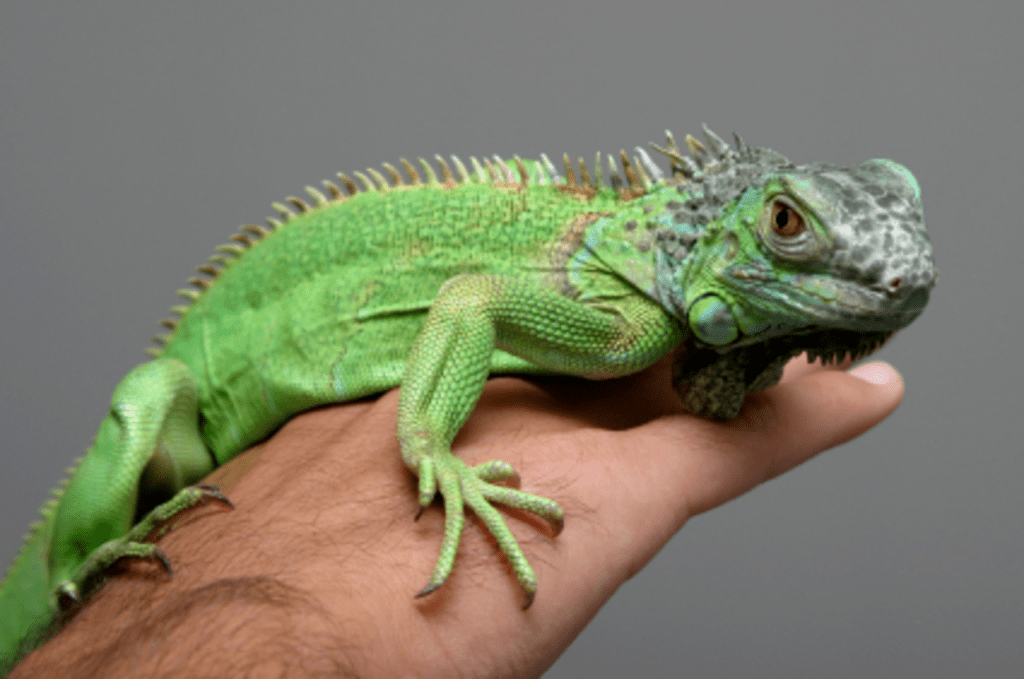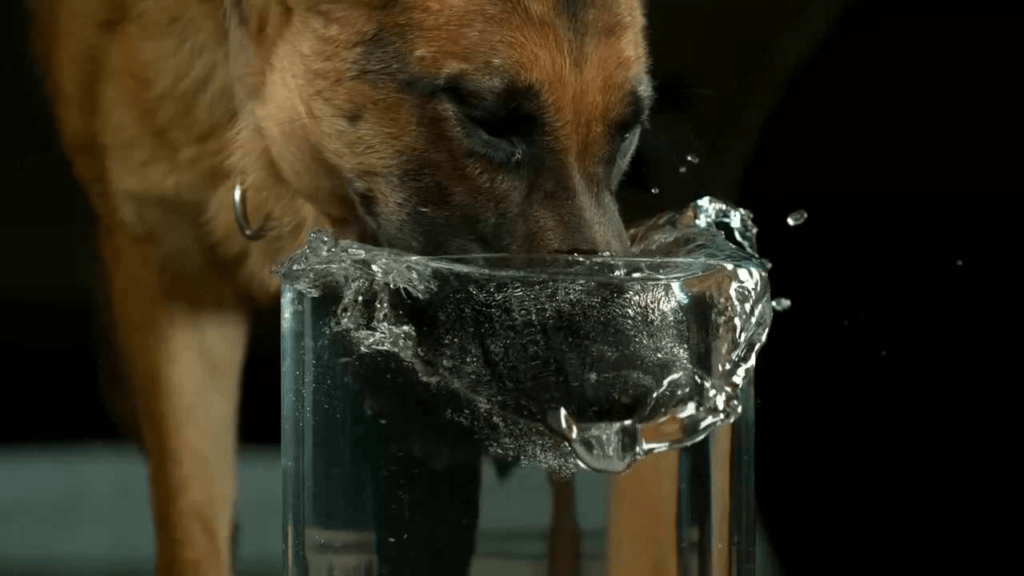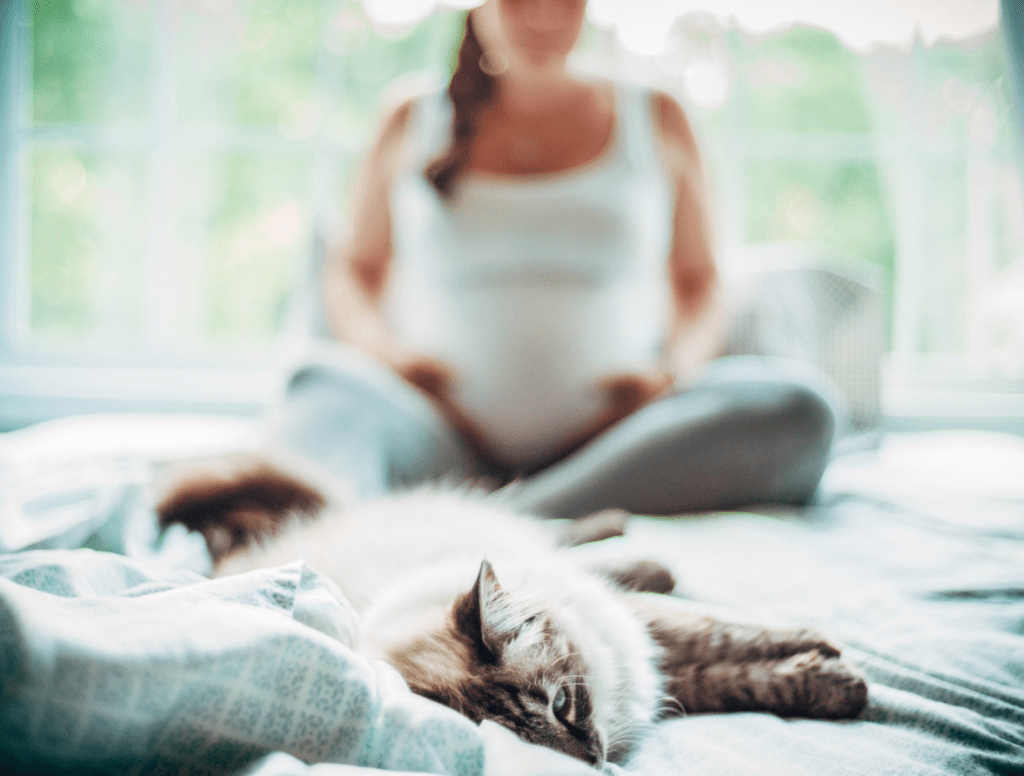A pet in the house is not only a source of positive emotions and a huge portion of tenderness. They can also be hazardous to health. And it’s not about predatory or exotic individuals that many now breed at home. Quite ordinary pets can pose a danger.
Cat’s feet and teeth
With an angry cat, jokes are bad – she may well stand up for herself. Therefore, it is very important to know and recognize the feline body language in order to understand in time at what point it is better to stay away from your favorite fluffy.

That’s just not always the case. And often after a “collision” with a pet, moods and bites can remain without mood, especially in children. The danger of such marks is actually higher than it might seem at first glance. Cats on claws and teeth can carry bacteria that get under human skin as a result of a scratch or bite. And also cause felinosis – “cat scratch disease”.
What you should pay attention to and immediately consult a doctor:
- if the wound festers, does not heal for a long time, there is severe redness and swelling around it;
- if the lymph nodes are enlarged and sore;
- if a rash appears on the body;
- if the temperature rises, fever, headache.
These symptoms are especially dangerous in children. When they appear, the doctor will most likely prescribe antibacterial therapy.
Turtles – when “hunger is not aunt”
These cute and quiet creatures can also bring a lot of trouble. If the turtle is hungry, then it can pounce on everything – from sawdust in its “house” to the fingers of a beloved master. Therefore, do not forget to put a salad, vegetables or other favorite treats on time.

Reptiles, poultry and other pets – salmonellosis
This infection can lurk everywhere – from feces of poultry and reptiles, to dry food for cats and dogs. Salmonella infection leads to acute intestinal upset, rapid dehydration, and weakness. Improvement occurs only with timely and competent medical treatment, as well as following a sparing diet.

In order to protect yourself and your children from salmonellosis, it is important to observe first of all the “rule of clean hands”. After each contact with pets, be sure to wash your hands before eating. Especially if there are reptiles at home – dangerous bacteria can be in the cell and on the body of the animal itself. It is also necessary to keep children away from dry pet food.

Cats and dogs – bowls for water
Paradoxical as it sounds, babies can choke and die even in a bowl of water for a pet. And this will happen in a matter of minutes – just the child was crawling around the bowl, and already found himself face in it and choked.

And small children strive to drink from them, which threatens bacterial infection or poisoning.
Cats and dogs – means and devices “from fleas”
Insecticides contained in lotions, sprays, collars and other flea and tick remedies are potentially dangerous to humans, especially to children. They can cause poisoning, allergies, as well as damage to the skin and mucous membranes.

Important! Many products do not protect 100% from fleas or ticks, so these parasites can still “settle” on the skin and coat of a pet. It is important to check your pet regularly, especially if it itches, worries for no reason. Ticks carry a great danger – they can cause Lyme disease in a person, which provokes disturbances in the heart rhythm and brain functions, arthritis and other unpleasant consequences.
By the way, about parasites and not only
Poultry (canaries, parrots), as well as cats and other pets can be the source of another serious disease – toxoplasmosis. The source of infection is in the feces of the animal and is especially dangerous for pregnant women and the fetus (it can cause birth defects and abnormalities in the baby’s development).

And also cute four-legged and feathered pets can “share” parasites. And for this it is not necessary to eat from one bowl, as one of the popular myths assures. It is enough for the child to run barefoot along the grass in the courtyard of the house where his beloved dog had walked and defecated before, in order to catch ankylosis. Or “pick up” ringworm by simply stroking an infected pet.
